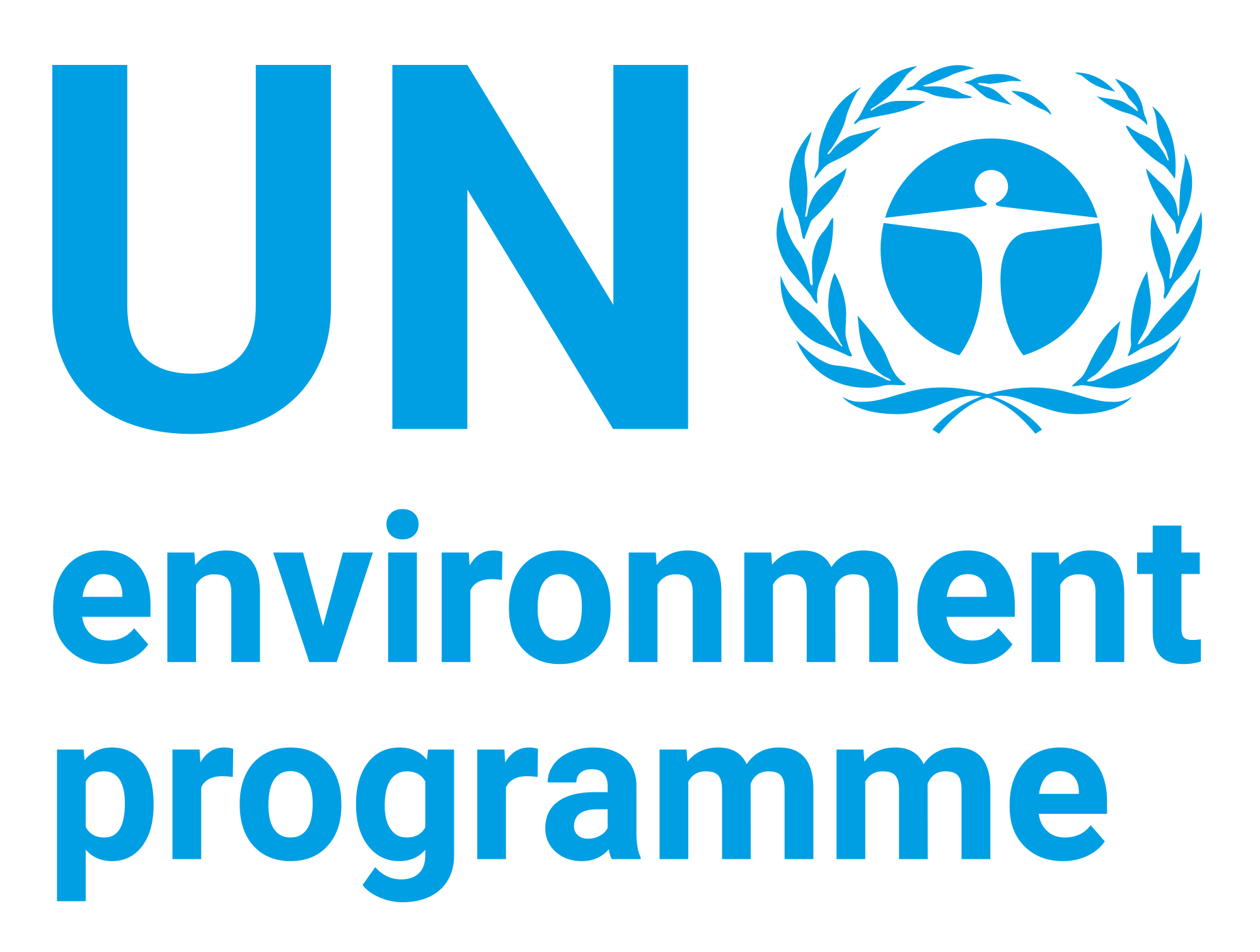| dc.contributor | Ecosystems Division | en_US |
| dc.contributor.author | United Nations Environment Programme | en_US |
| dc.contributor.other | Ahmad, Yusuf J. | en_US |
| dc.date.accessioned | 2019-08-02T17:17:38Z | |
| dc.date.available | 2019-08-02T17:17:38Z | |
| dc.date.issued | 1982 | |
| dc.identifier.isbn | 92 807 1052 4 | en_US |
| dc.identifier.uri | https://wedocs.unep.org/20.500.11822/29040 | |
| dc.description | Since the dawn of civilization irrigation has played an important role in helping man satisfy the most basic of all his needs the need for food. However, the impact of irrigation projects is not exclusively beneficial, and when assessing the viability of such a project the adverse consequences must also be taken into consideration. The purpose of this document is to highlight the most serious of these consequences, which can be most damaging to the fragile and delicately balanced ecosystems that characterize the arid and semi-arid regions, so that full account may be taken of the necessary preventive or remedial actions that must be incorporated into any well-planned irrigation scheme, if the benefits gained are not to prove illusory. | en_US |
| dc.format | Text | en_US |
| dc.language | English | en_US |
| dc.rights | Public | en_US |
| dc.subject | arid zone | en_US |
| dc.subject | irrigation | en_US |
| dc.subject | water resource | en_US |
| dc.subject | environmental aspect | en_US |
| dc.subject | guideline | en_US |
| dc.title | Environmental Guidelines for Irrigation in Arid and Semi-Arid Areas - UNEP Environmental Management Guidelines No. 2 | en_US |
| dc.type | Publications | en_US |
| dc.type | Technical Guidelines or Manuals | en_US |


